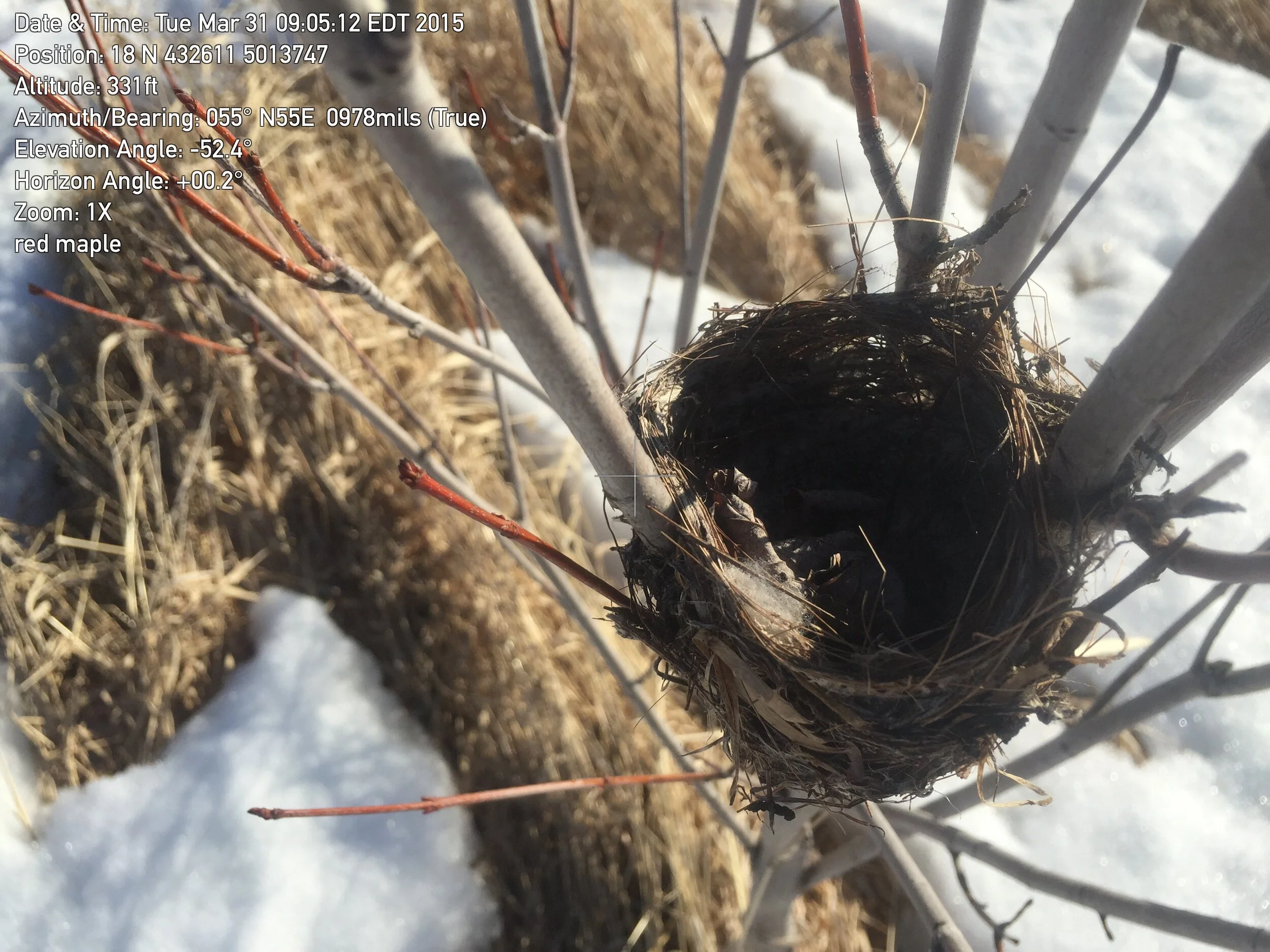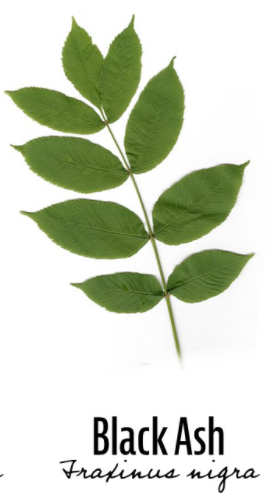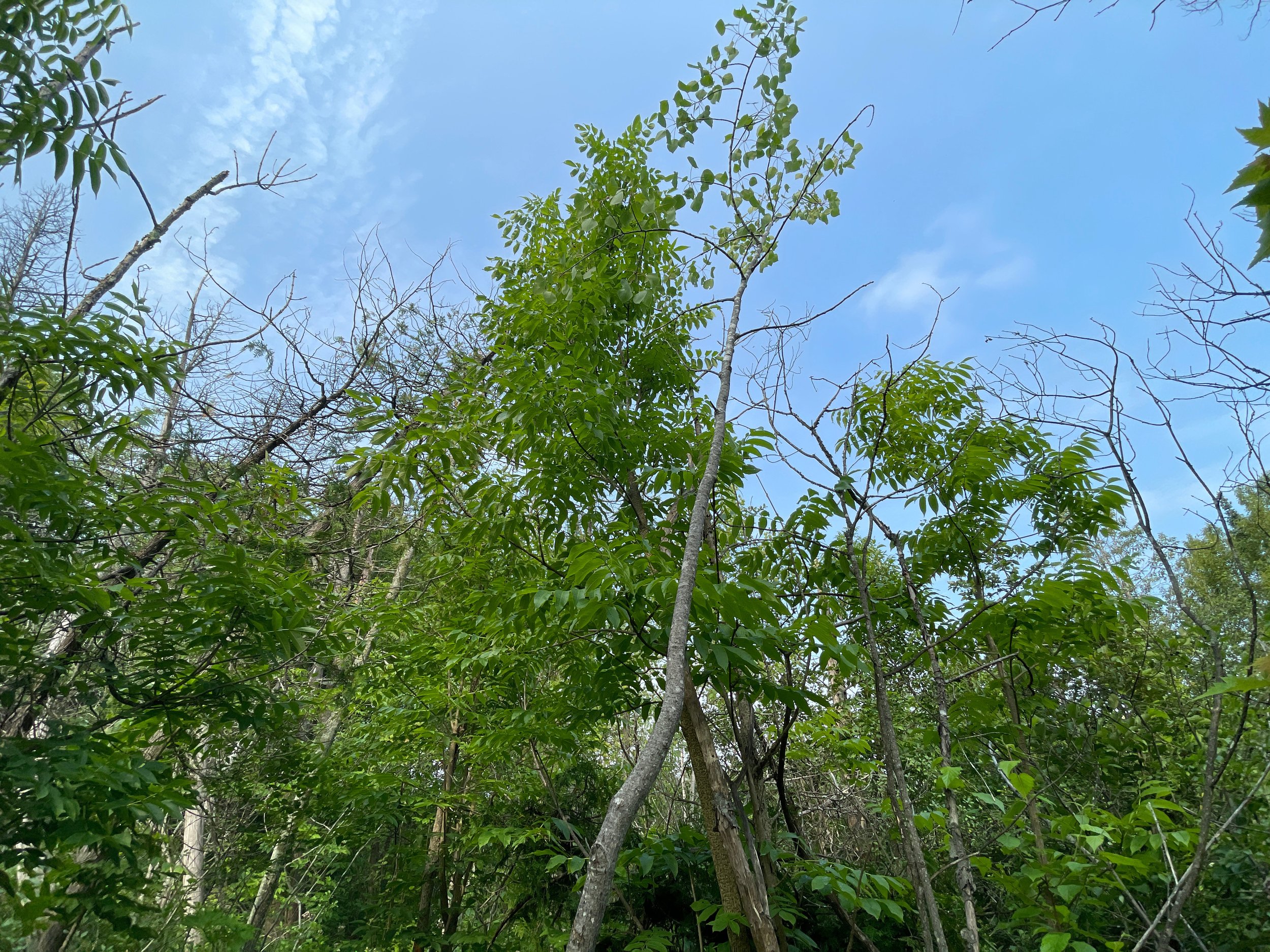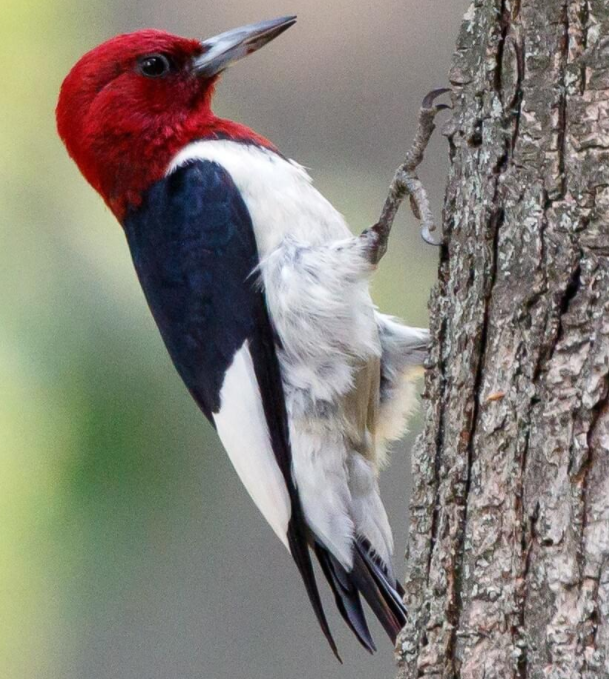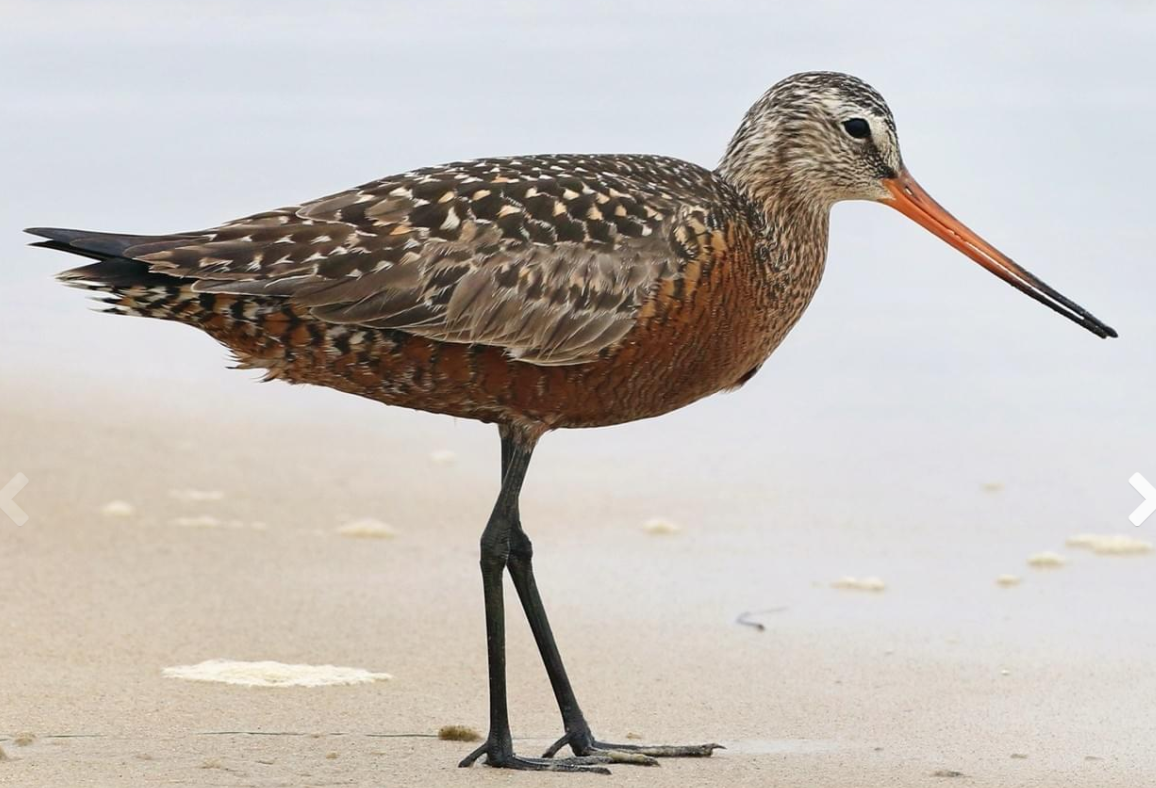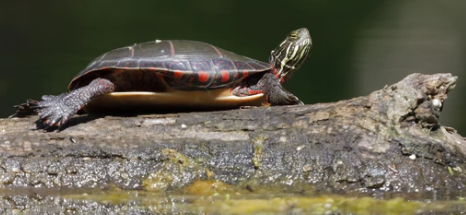The Black Ash (Fraxinus nigra) is medium sized shade-intolerant hardwood tree primarily found in wetland environments like swamps, floodplains, and fens. Black Ash can also occur in moist upland forests. Over the past ten years, its numbers across North America (and Ontario specifically) have plummeted due to invasive Emerald Ash Borer (Agrilus planipennis), or EAB, a wood-boring beetle that feeds on trees of all ash species in Canada. This insect is native to northeastern Asia and was first detected in southeast Michigan in 2002 and causes large scale mortality of ash trees. Despite this, the species still frequently occurs in areas around Eastern Ontario that may be subject to development.
Because of its declining numbers, the species was listed as Endangered under the Endangered Species Act, 2007 (ESA) in 2022. Formal ESA protections for Black Ash, however, were temporarily suspended through a Minister’s regulation for a two year period beginning January 26, 2022, to allow time to develop an approach to support Black Ash protection and recovery. Ontario released a government response statement and introduced two important regulations to safeguard the Black Ash under the ESA on January 25th, 2024. The new rules – Ontario Regulations (O.Reg.) 6/24 and 7/24 – are intended to strike a balance between protecting Black Ash species and habitat, while allowing for necessary land development activities.
The ESA and its associated regulations effectively apply on all non-federally-owned properties in Ontario (other than where expressly exempted). Federally owned properties are subject only to the Species at Risk Act, 2002 (SARA). Black Ash is not yet listed under that legislation.
Regulations Impacting Development
Ontario Regulation 6/24: Implementation of ESA Section 9 Prohibitions
ESA clause 9 (1) (a), prohibits the killing, harm, harassment, possession, transportation, trade and/or removal of a living, healthy Black Ash tree.
Trees are exempted from this protection, however: if
They are located outside of specified municipalities (effectively, Northern Ontario is exempt; Southern and Eastern Ontario are not); or
They are small (stem height less than 1.37 m or diameter less than 8 cm at 1.37 m); or
They are unhealthy (as determined by a qualified professional in a report submitted to the MECP. Please note, however, that health criteria have not yet been fully established).
Ontario Regulation 7/24: Black Ash Habitat Protection
Black Ash “habitat” is similarly protected under ESA (i.e. the habitat area cannot be damaged or destroyed). For the ESA, Black Ash habitat is defined as a radial distance of 30 m from the stem of every Black Ash to which the prohibitions in ESA clause 9 (1) (a) apply.
Implementation
Any proposed activities subject to prohibitions above (e.g. harm or removal individuals or development work within 30 m of protected individuals) requires formal consultation with the MECP. The negotiation and acquisition of a Net Benefit Permit would be required for development projects that cannot fully mitigate harm to protected trees or habitat areas. The Ontario government aims to protect and recover Black Ash trees while allowing certain activities to continue. Kilgour & Associates staff are professionals qualified to prepare Ministry reports and assist with the ESA permitting process. Please call us any time if you have any questions or concerns about this species on your properties.


